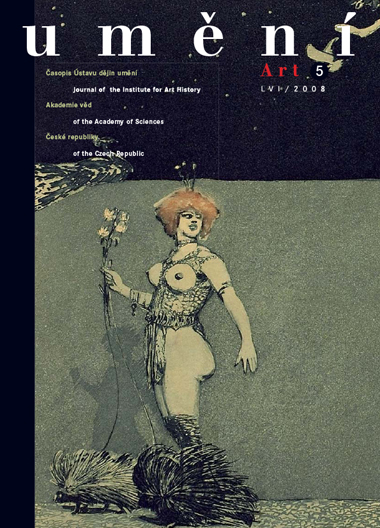Piotr Piotrowski
On the Spatial Turn, or Horizontal Art History
The fundamental assumptions of the so-called universal (i.e. Western) history of art, which is here referred to as the vertical history of art, are the following: 1. a hierarchically defined art geography (center-periphery relations); 2. a canon of works (exclusively empirical material); 3. a model of historical description in terms of succession of styles (historical narration). The persistence of this paradigm has been confirmed by the latest studies written in the so-called revisionist perspective, such as Art History since 1900. Modernism - Antimodernism -Postmodernism (2004), by prominent scholars associated with the October quarterly. The application of this model to the art produced beyond the Western art centers (e.g., in South America, Japan, China and Eastern Europe) typically results in oversimplification and fails to recognize the historically real significance of local art production. In fact, this art-history paradigm more closely resembles what Edward Said called 'orientalism' than it does a reliable program of analysis of art anywhere in the world. An alternative model of interpreting art-history processes should be rooted in the belief that local modern art has been inspired by Western centers of modern culture, but its meaning must not be reduced to the range available in the West. One should apply the following procedures: 1. a deconstruction of the Western inspirations, i.e. their analysis not in hierarchical (center-periphery influence), but in functional terms aiming to determine what a given influence meant in a specific local context; 2. the rejection of the idea of stylistic homogeneity in favor of heterogeneity, combining styles into local, unique stylistic mutations; 3. the recognition of the local canons and value systems, which often contradict those of Western art centers. The next step would be to negotiate these different local images of modern art, not, however, to produce a single meta-narrative, but rather to compare them. In contrast to the West-centric, 'universal,' vertical model of art history, one ought to move toward a horizontal, polyphonic, and dynamic paradigm of critical art-history analysis.
Full-text in the Digital Library of the Czech Academy of Sciences:
https://kramerius.lib.cas.cz/uuid/uuid:88c6c2cc-9117-6813-7d83-ee4126e34535
< back

